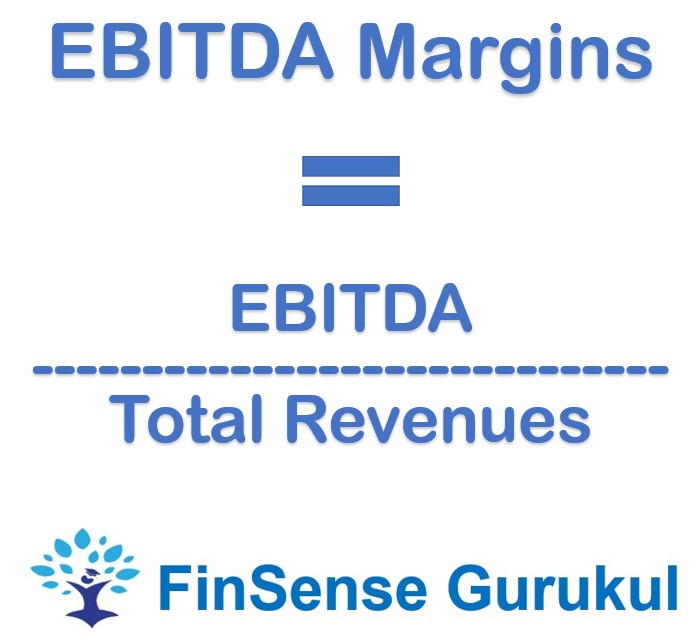
A Thread on History of Mutual Fund 🧵👇
1/ A mutual fund is an organisation or company where people like you & me come together, give your money to the organisation to manage it with the objective stated in the offer document (agreement). These organisations invest into various asset classes like equities, bonds, etc.
The history of mutual funds in India can be broadly divided into four distinct phases :
2/ First Phase (1964-1987)
In 1963, Government of India and Reserve Bank of India came together to form UTI (Unit Trust of India) and it is the first mutual fund in India.
In 1963, Government of India and Reserve Bank of India came together to form UTI (Unit Trust of India) and it is the first mutual fund in India.
3/ The primary objective of UTI is to encourage people and pool the savings of middle and lower income groups and to enable them to share the benefits and prosperity of industrial development in the country. AND in 1988, UTI had ₹6,700 crore of assets under management.
4/ Second Phase (1987-1993)
In 1987, the GOI opened the entry of the public sector which resulted in expansion of the industry. There are 7 mutual fund organisations i.e., LIC Mutual Fund, SBI MF, Canbank MF, Bank of Baroda MF, GIC, Bank of India MF and Punjab National Bank MF.
In 1987, the GOI opened the entry of the public sector which resulted in expansion of the industry. There are 7 mutual fund organisations i.e., LIC Mutual Fund, SBI MF, Canbank MF, Bank of Baroda MF, GIC, Bank of India MF and Punjab National Bank MF.
5/ At the end of 1993, these organisations managed worth of ₹47,004 crores.
6/ Third Phase (1993-2003)
In 1993, the entry of the private sector also opened giving the wider range for investors to choose the MF. Also, in 1993, the first Mutual Fund Regulations came into being for all mutual funds (except UTI which is registered and governed by GOI).
In 1993, the entry of the private sector also opened giving the wider range for investors to choose the MF. Also, in 1993, the first Mutual Fund Regulations came into being for all mutual funds (except UTI which is registered and governed by GOI).
7/ Kothari Pioneer Mutual Fund became the first MF to enter into the private sector in July 1993 and later merged with Franklin Templeton MF.
As of January 2003, there were 33 MF with total assets of ₹1,21,805 crores and UTI is the only MF which has ₹44,541 crores of assets.
As of January 2003, there were 33 MF with total assets of ₹1,21,805 crores and UTI is the only MF which has ₹44,541 crores of assets.
8/ Fourth Phase (2003-Present)
In February 2003, UTI divided into two separate entities i.e, Specified Undertaking of the Unit Trust of India (SUUTI) and Unit Trust of India Mutual Fund.
In February 2003, UTI divided into two separate entities i.e, Specified Undertaking of the Unit Trust of India (SUUTI) and Unit Trust of India Mutual Fund.
9/ The function of SUUTI is to act as an administrator which is framed by the Government of India and also, it does not come under the purview of the Mutual Fund Regulations. While, the UTI is registered with SEBI and also, under the functions of Mutual Fund Regulations.
10/ In August 2009, SEBI also abolished the entry load of mutual funds which means earlier, the investors have to give a charge to enter into the scheme of mutual fund which is not encouraging.
11/ As of now, there are a total 45 mutual fund organisations. AND as on 30 June 2020, the total assets which the mutual fund industry manages is ₹2,460,386 crore.
By :- @ShubhamAggarwl
• • •
Missing some Tweet in this thread? You can try to
force a refresh




